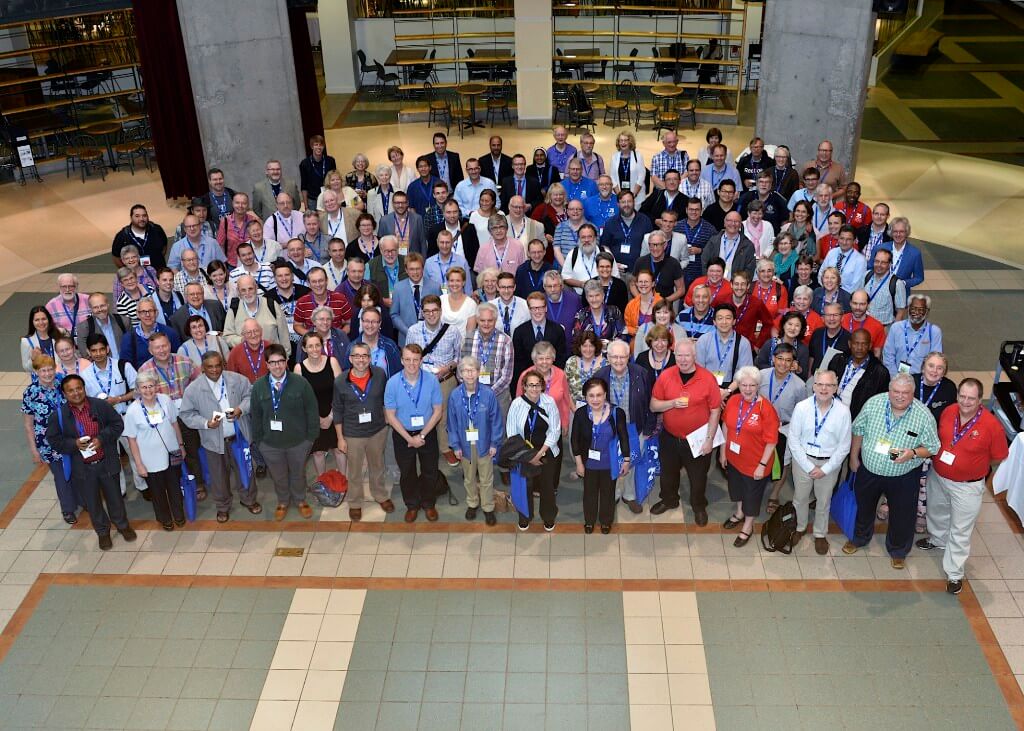Quebec, Canada 2015
Vérifiez les onglets ci-dessous pour trouver des informations sur la 2015 Congress in Quebec, Canada
Le liturgiste est d'abord un «liturge», that is to say someone who believes and celebrates with the Ecclesia, in medio Ecclesiae, and his study is so to speak an internal part of his performing the celebration, an internal part of the Church’s celebration in which he is involved. The liturgy as Christian knowledge is the celebration reflecting on its own meaning.
It is essential to state that this is not solely a question of pedagogical considerations, but rather of exploring the various dimensions of the subject and, above all, the interplay existing between those various dimensions. Therefore it is a question of understanding how cultural assumptions about the ways of handing down knowledge (savoir-faire) have changed. That also means questions regarding ecclesial ways of being that are either still adhered to or no longer followed as well as the theological premises and assertions with regard to liturgical formation.
The history of the liturgy shows that the concern for formation appeared early in the context of Christian mystagogy. Yet, the point then was not so much liturgical formation alone, but rather formation for all of Christian life, using the Scriptures as the primary source for the act of transmission, rooted in liturgical experience. These early examples raise both historical and contemporary questions about method, content, and crucially personnel: who has had the authority to define and oversee liturgical formation historically, what is the contemporary situation, and how does it vary ecumenically and culturally?
Throughout the Middle Ages, because the liturgy had become the business of a specialized personnel (clerics, monks, etc), liturgical formation turned into a knowledge about the rites. With the assignment of specific functions the emphasis was shifted to the doing of the rites themselves. The reference to the Scriptures and to the scope of Christian life was often made through allegory, which was, among other things, a mnemotechnic way of enabling someone to remember its meaning and even its complex ordinances. In this example, “to be formed” meant to inherit a knowledge that was primarily a way of doing things, the custom of rites, for the clergy when on duty.
Beginning with the modern period and the invention of printing, formation via written transmission became more widely possible, and with it the ability to be “formed” through personal study. The leaders of various 16th century reforms in the Western Church, and Luther in particular, used this sense of personal study and its accompanying liberty as a hallmark of liturgical formation through the interpretation of texts.
This paradigm based on “explanation” encouraged a subsequent quest for “understanding” gained through personal reflection, resulting in a spiritualized interiority to faith. Thus liturgical formation became an “explanation of the ceremonies” in which liturgical scholarship was a science of historical evolution.
The ecumenical Liturgical Movement, especially in the second half of the 20th century, was primarily concerned with the “active participation” of all the fathful. It highlighted the necessary relationship between participation and formation; an active participation being both the way and the place, par excellence, for formation, while formation was the condition for continuous progress and for authenticity of participation. The publication of missals, prayer books, and interpretations of vernacular texts for the laity throughout the 20th century give witness to the academic conversations becoming pastoral and catechetical.
The above shows that liturgical formation is not a fixed reality. Having changed and evolved over the course of history just as liturgy itself did, litugical formation adapts itself to cultural changes. These changes include different ways of transmission and teaching in various cultures, different conceptions of the life of the church, as well as the different types of addressees: the faithful, the ordained, those in formation, academic teachers and students. We must aknowledge the impact of the “network culture” on current and future on both liturgists and worshipers.
These reflections also point out how much the concept of Liturgical Studies (Liturgiewissenschaft) is closely linked with certain options in formation. While highlighting knowledge and the method of finding access to it, the notion of liturgical science tends in fact to distinguish the fundamental research from its implications in ministry. From the middle of the 20th century, the approach of “pastoral liturgy” has tried to promote the means and the criteria of a theological discernment that takes into account the practical context of a celebration. The anthropological turn, the use of social sciences and cultural and ritual studies marked an approach in Liturgical Studies that opened other possibilities. Obviously, both types of approach among others lead to various ways of formation and also to different interpretations of both the liturgical acts themselves, as well as liturgical resources used in the doing of liturgy.
So, although it must be taken into account that the notion of “liturgical formation” is in no way univocal, that it can take different aspects according to the traditions of the churches and the various contexts both historical and cultural, the Congress of Quebec will try to consider the aims, the methods, the conditions, and above all, the theological aspects at stake in liturgical formation at the beginning of this third millennium. In reality, what we consider together are the responsibilities of liturgists in the present context as well as all the participants, who together do and live the gifts of liturgy.
1. The history of liturgical formation
This research axis studies history in order to understand the origins and developments of practices of teaching and learning liturgy. It attempts at indicating mechanisms of liturgical formation in different historical contexts, both geographically and ecclesially. Because of its eminent importance and wide reception in the Liturgical Movement, special attention can be directed towards the mystagogical model, embedded as it was in patristic settings. Another issue to pay attention to is, of course, the Bible. For the Old and New Testament significantly inspired the origin and further evolutions of liturgical formation in past and present. In particular, the role of Jesus as both the example and the inspiration for liturgical formation can be highlighted.
Key questions of this axis are: How did liturgical formation take place in previous centuries? How can historical patterns of liturgical formation over the ages help us to think through the matter today? Could formation patterns of the past still work for contemporary people? What can we today learn from the methods and the contents previous generations selected to pass on the liturgy? In which respect is mystagogy helpful to nurture, criticize, or renew contemporary ideas about liturgical formation? What was role of the Scriptures in liturgical formation programs of the past and what could it be in the present context? Which images of and approaches to Jesus Christ are helpful to give shape to liturgical formation?
2. How liturgical formation works: Systematic perspectives
The second research axis addresses the fundamental question of how liturgical formation actually functions. There definitely is a certain ‘content’ which is received and passed on through different mediation processes. The purpose of the congress is to understand more in detail what that content is and how those processes work. In particular, the often-used distinction between subject and object seems not entirely apt to describe how liturgy and liturgical formation actually work. For the liturgy is not just the object of a distinctive kind of knowledge which can be passed on through appropriate means. It is, in a way, itself a teaching, or ‘initiating’, reality, which does itself ‘form’, re-‘form’, or trans-‘form’. Une dimension essentielle de réflexions dans ce domaine est le rôle et l'auto-compréhension de l'Église.
Questions of this axis could be: Is the actual celebration of the liturgy a way of formation in liturgy to the point that one can say that it is not a question of forming in liturgy but rather of letting the liturgy form us? What does active participation mean if liturgy itself is neither an object nor a subject? In what sense is liturgical formation different from other learning/teaching processes where ‘initiation’ seems more fundamental than mere cognition? What is specific about rites in formation processes? Do they dispose of something which other phenomena don’t have (sufficiently), and how could that something be circumscribed? Theologically speaking, is liturgical formation about our desire to shape liturgy in our own image, or about recognizing that God works on and through us in the liturgy? What could be models and criteria to discern whether God is at work in liturgical formation programs? What models of liturgical formation can one develop? In what sense are they, or should they be, descriptive or prescriptive?
3. The goal(s) of liturgical formation: becoming a better Christian?
This axis circles around the goals of liturgical formation. Without a doubt, there is a connection between Christian faith and the many liturgies through which it is expressed and lived. Faith and liturgy address the human being and intend to promote genuine humanness. Moreover, the liturgy is often said to play an indispensable role in Christian spirituality and therefore cannot but attempt at fostering the humanum. Moreover the role of the community needs to be given due attention, for liturgical formation may not be only about the relationship between God and the individual.
Questions that can orient reflections in this axis are: If liturgy is central to the Christian life, and if the Christian life is about more than just liturgy (narrowly understood), as Sacrosanctum concilium emphasized, what is the ultimate end of liturgical formation? If God sent his own Son into the world to share the humanity of human beings, and if the liturgy somehow continues God’s initiatives, what do liturgy and liturgical formation entail for Christian spirituality? Should liturgy be central to spiritual formation? How does one (best) address the intrinsically communal nature of the liturgy? And what resources does the liturgy dispose of to promote (more) humanness in this world? What, in the end, should liturgical formation achieve? And what is to be avoided to make sure that its goals are not betrayed? How does liturgical formation address existential questions and the concrete lived lives of people?
4. Authority in liturgical formation
This research axis focuses on the persons and institutions which offer and practically organize programs of liturgical formation. In that context, the issue of authority cannot be put aside. Moreover, fundamental questions around preaching need to be addressed, inasmuch as homiletics is never mere catechesis or exegesis but a truly sacramental action. Another important issue is the status of liturgical books and their revisions. They embody and establish standards of liturgical formation, because they are inescapable vehicles of authority in liturgy.
Questions related to this axis are: Who decides what the content of liturgical formation should be? Who assigns the people involved in it? What are the characteristics of ‘good’ liturgical teachers? What kind of authority does the liturgy itself have, or with what shapes of authority is the liturgy charged? What can be criteria to distinguish genuine from inappropriate initiations into the liturgy? In what senses can one say that homilies are appropriate means for liturgical formation? What do the liturgical books themselves, as well as their revisions, reveal us about standards, principles, or models of liturgical formation?
5. Reciprocity in liturgical formation
This research axis somehow corresponds with the previous one, but looks at the matter from the perspective of the ones for whom liturgical formation is organized. In this respect, one can probably draw from other disciplines to understand more adequately the perspective of the ‘addressee’ of liturgical formation. In addition, differences in the ethos of people offering and receiving liturgical formation are key to deepen our understanding of the phenomenon under consideration. Ultimately, il ne peut pas être si clair qui offre et qui reçoit - ce qui explique pourquoi cet axe parle de réciprocité.
What are the attitudes to be expected from people involved or invited in liturgical formation programs? Are they primarily pupils or co-teachers, listeners or performers? What is it, above anything else, that they should learn? What kind of obedience corresponds with what kind of authority? How does one (best) adapt liturgical formation programs to specific groups (children, adolescents, people with disabilities, adults, elderly, etc.)? How can contemporary developments in psychology, (ortho)pedagogy, didactics, and cognate disciplines assist liturgists in addressing the people they want to reach?
6. Le changement culturel et la formation liturgique
The fact that processes of liturgical formation take place against the background of cultures is somehow evident but deserves to be specifically addressed. For shifts and changes in cultures are appreciated in a variety of ways and do exert an influence on both the practices and the ideas underlying liturgical formation.
Important questions leading reflections in this area are: What is the impact of globalization on liturgical formation programs? More concretely, how do migrations of people affect them? And how does the increasing reality of religious plurality challenge traditional forms of liturgical formation? What insights can be drawn from postcolonial studies to shape new ways of and reflect on liturgical formation? Where and how does one (primarily) teach and learn liturgy? What are the advantages and disadvantages of worshiping communities or families over schools/universities/seminaries to form people in liturgy? How does the ongoing development of social media and the Internet affect liturgical formation?

